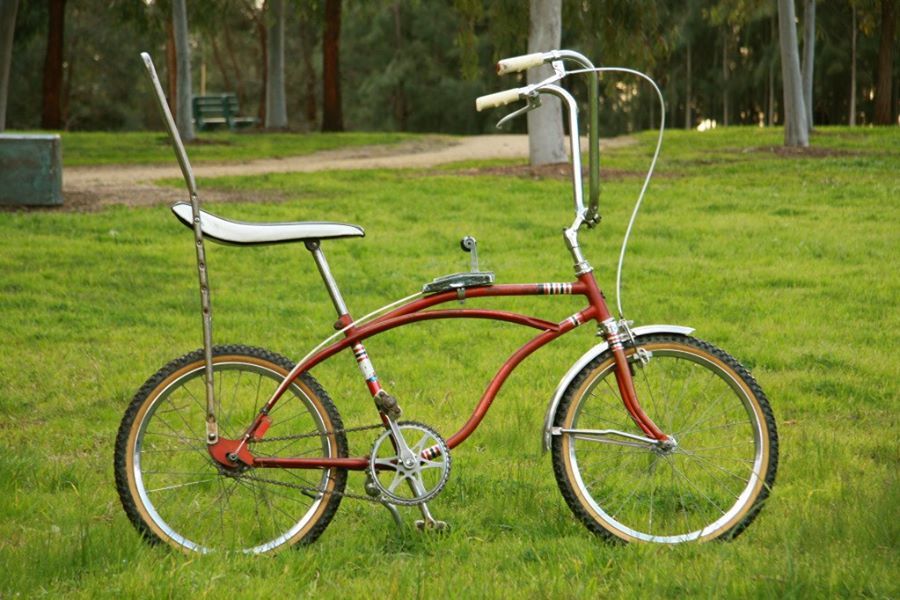I don’t mean BETTER. That’s a different conversation. I mean cooler.
An old CRT display was literally a small scale particle accelerator, firing angry electron beams at light speed towards the viewers, bent by an electromagnet that alternates at an ultra high frequency, stopped by a rounded rectangle of glowing phosphors.
If a CRT goes bad it can actually make people sick.
That’s just. Conceptually a lot COOLER than a modern LED panel, which really is just a bajillion very tiny lightbulbs.
Pneumatic tubes were way, way cooler than email.
Of course, you could only use them to send a message to someone in the same office building, so the comparison isn’t perfect… but you know what I mean.
I was thinking the other day how much cooler flap displays at stations and airports were compared to modern displays.
Such a nice interface between computer control and a purely mechanical display. Watching them update, flipping through all the variables to land on the right one, and then clearing was so cool.
I miss the noise they made too. Haven’t seen one for like 20 years now.
Clothing and towels made with asbestos fabric. During the middle ages you could clean them by throwing them in the fire and they would come out clean. Eventually your lungs would give up on you but for a while you had a very cool way to impress your guests.
… We (as in humanity) made a lot of cool shit before we realised it was slowly killing us.
And we’re still making stuff and slowly realizing it’s slowly killing us. Isn’t that neat?
Maybe one day we’ll have it all figured out. :p
Usually it’s killing us slower though. I don’t know if that’s progress
Cars used to be cool. Every car company had some kind of sporty car, a couple cheap cars, a big luxury sedan and, a while ago, a station wagon.
Now every car is an SUV or CUV. Sedans are getting phased out. Cool sports cars don’t make money so they don’t make them. People don’t buy station wagons so they don’t make them. And they’re pushing big, angry trucks on everyone.
This, so much this. As a car enjoyer, seeing cars slowly mutate into giant bloated expensive iPads on wheels is painful. I don’t want to buy any car made past 2010 and I know that won’t be a viable option soon.
Older forms of computer RAM.
Before integrated circuits, we had core memory which was a grid of wires and at each intersection was a little magnetic donut that held a single 1 or 0.
https://en.wikipedia.org/wiki/Magnetic-core_memory
Before that they had delay line memory, where they used vibrations traveling down a long tube of mercury, and more bits meant a longer tube to store a longer wave train.
They use to have weaving grannies for the magnetic core memory production.
Before transistors there were vacuum tubes which did the same thing but using very different principles (and were also way bigger, even than traditional transistors and billions of times more than the transistors in the most modern ICs)
Before electric milling or even steam milling, flour used to be milled using watermills and windmills which, IMHO, are way cooler.
a 127mm vacuum tube, quite large, is equivalent to 127,000,000 nm which is only 63.5 million times bigger than a cutting edge transistor so that estimate seems a little exaggerated.
That’s just the length, if you are comparing volumes it’s an under estimate.
Portable consoles. They’re dead now or replaced by indie shit. No, the switch doesn’t count, if it can’t fit in my pocket isn’t portable.
Gpd win mini.
Fits in your pocket, puts the deck to shame and supports an external GPU.
An absolute monster.
Bicycle shifters.
The first iteration that could be operated without stopping was the Campagnolo Cambio Corsa.
To shift, you had to reach behind you, where there were 2 levers.The first one loosened the rear axle so it could move freely back and forth in the dropouts.
The second one had an eyelet you could use to move the chain sideways.
You put the chain on a different cog, and the rear wheel jumped forward or back due to the changed chain length.
Then you tightened the rear axle again.It’s terrifyingly beautiful:

The fuck!
Hi there

Disney lost their old camera tech used to make a “yellow screen” with sodium vapor lights.
It’s actually better than a green screen because the yellow light is so specific that even if you remove that particular frequency of light, everything else still looks fine. You can do all sorts of things that would normally be very difficult to pull off with any of our green screen tech (like drinking water in a clear bottle or wearing a rainbow dress).
Considering LEDs are so good at producing a very tight wavelength, I wonder if this could be replicated with more energy efficient lamps.
Or if non visible spectrum lights can be used to make similar alpha channel masks that don’t affect lighting the scene.
A laser, maybe, but definitely not LEDs. Vapor/gas lamps produce the narrowest frequency bands possible, because it comes from very well defined atomic transitions (Hz range). LEDs produce frequency bands with widths in the GHz/THz range, while semiconductor lasers can maybe reach KHz if they are really good. So, unfortunately, for this type of applications, vapor lamps would probably still be needed.
Source: I work with lasers and spectroscopy.
Edit: very good idea about using non-visible light!








